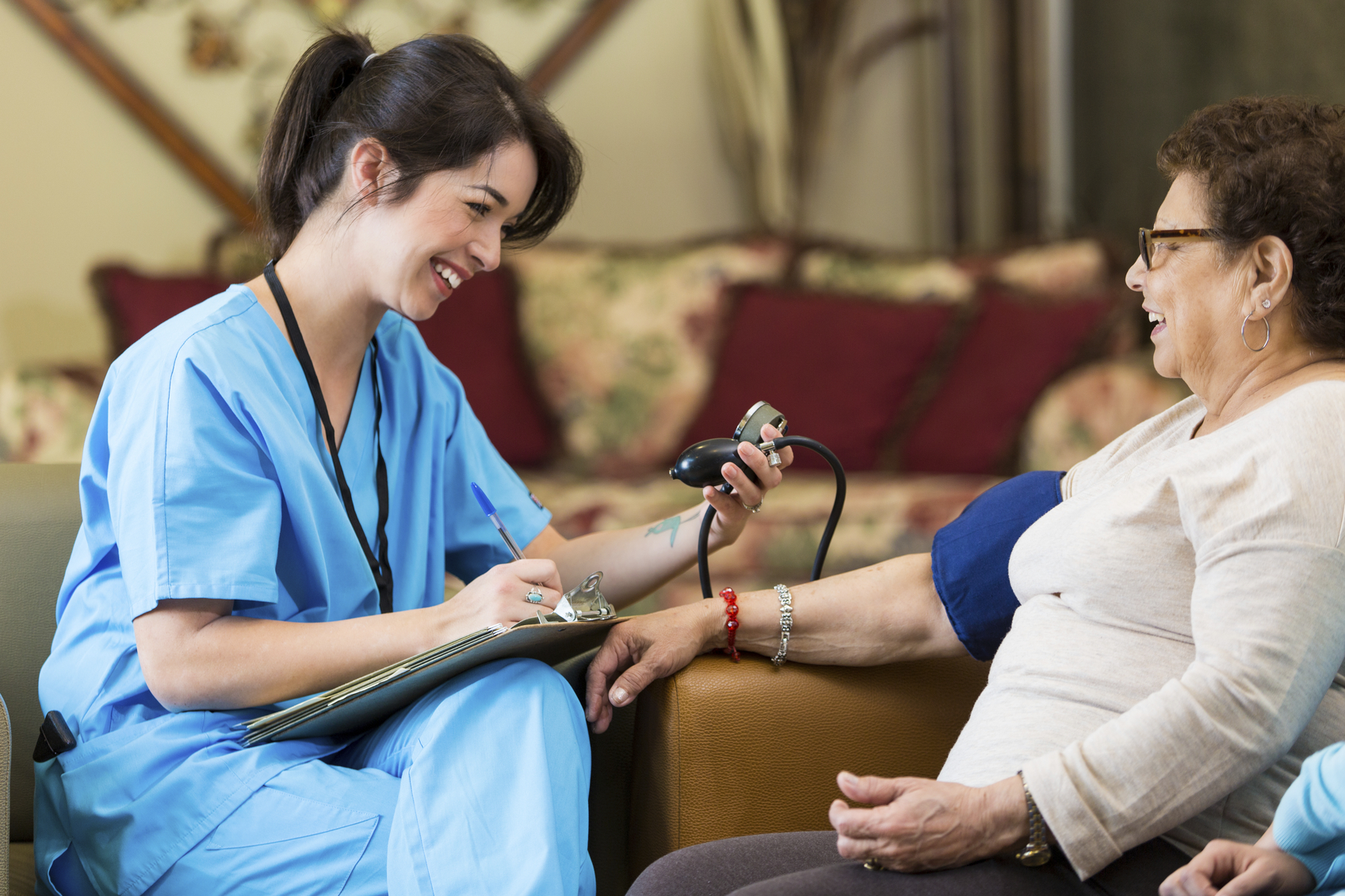AARP Hearing Center
By Mark Hollis
Fifty-one years ago, President Lyndon Johnson signed the Older American Act (OAA) into law to help seniors age with dignity and independence in their homes and communities. AARP founder Ethel Percy Andrus was instrumental in helping make the law a reality. Today, it remains a pillar of America’s support system for older people.
The OAA benefits millions of Texans and other at-risk older Americans through programs like Meals-on-Wheels, health and transportation services, family caregiver assistance, elder abuse prevention and detection, and employment and training.
In Texas, the OAA provides more than $52 million a year in meals and other nutrition services, roughly $21 million in support and preventive services, and another $9 million toward family caregiver supports. But in reality, it funds a relatively small fraction of the unpaid care that’s provided.

According to research by the AARP Public Policy Institute, there are more than 3.4 million caregivers in Texas providing 3.1 billion hours of care – worth an estimated $35 billion to their parents, spouses, partners and other loved ones. Still, the OAA funding helps these family caregivers with information and referral, counseling, and respite care.
Congress recently passed bipartisan legislation renewing the act for three years and President Obama signed it in April. The reauthorization safeguards key services, authorizes an increase of 6-percent funding increase over the next three years, and tweaks the funding formula to allow increases for states with growth in their 60+ population while minimizing any loss in funding to states that lose population.
Today, the OAA:
• Delivers supportive services, such as in-home help, transportation, legal services, case management services, home modification, and adult day care services.
• Feeds older Americans with home delivered meals and meals provided in congregate settings, such as senior living centers.
• Supports family caregivers by providing education, training, and respite to help families better care for loved ones.
• Improves public health through disease prevention programs.
• Protects older Americans by detecting and preventing elder abuse, through services like the Long-Term Care Ombudsman Program.
• Connects older Americans to jobs, job training, and community service opportunities.
###































































